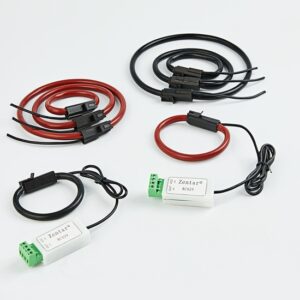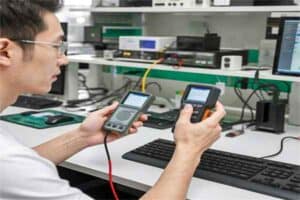The wiring method of the current transformer is not very complicated, there are only four wiring forms. The four types of wiring will be listed below.
Transformer
- The first is the wiring method of a single current transformer.
Under the condition of only single-phase current, it is suitable to measure one-phase current or three-phase load balance, and the three-phase status can be understood by measuring one phase, and most of them use ammeters.
- The second type: three-phase complete star connection and delta connection.
The three-phase current transformer can accurately grasp the changes of the three-phase load in time and is commonly used in the wiring of transformer differential protection. Only use three-phase complete star connection, which can be used for current collection of electric energy meter in the neutral point directly grounded system. The three-phase three-relay wiring method can not only reflect various types of interphase short circuits, but also reflect single-phase grounding short circuits. Therefore, this type of wiring method is used in neutral point directly grounded systems as interphase short circuit protection and single-phase grounding short circuit protection. .
- The third type: two-phase incomplete star connection.
It is most used in specific work. It saves a current transformer, and uses the combined current of A and C phases to form an inverted B-phase current. The two-phase double relay wiring method can reflect the short circuit between phases, but cannot fully reflect the single-phase grounding short circuit, so it cannot be used for single-phase grounding protection. This kind of wiring method is used for neutral point ungrounded system or arc suppression coil grounded system for phase-to-phase short-circuit protection.
- The fourth type: two-phase difference current wiring form.
It is also only used in three-phase three-wire circuits, the neutral point is not grounded, and there is no neutral wire. The advantage of this type of wiring is not only to save a current transformer, but also to use a relay to reflect each of the three-phase circuits. This is a common fault of phase-to-phase short circuit, that is, three-phase overcurrent protection is performed with the least relay, which saves investment. But when the failure mode is different, its sensitivity will be different. This type of wiring method is commonly used for phase-to-phase short-circuit protection in distribution networks of 10kV and below. Because of the low sensitivity of this type of protection, it is rarely used now.




